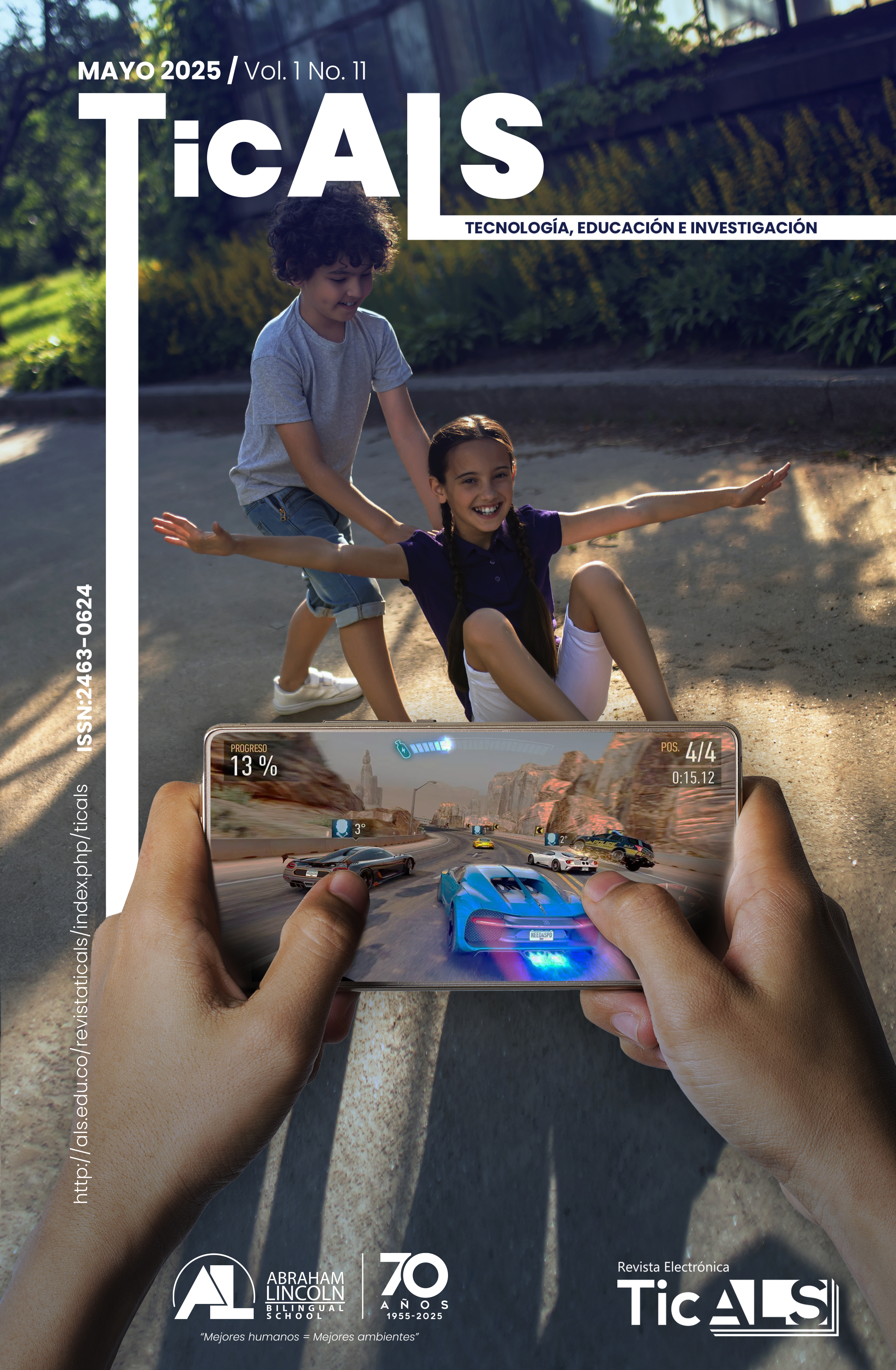Abstract
The main purpose of this text is to present the design and implementation of a strategy aimed at stimulating learning
outside the classroom as a response to the pedagogical initiative called “Escuela de Exploración Tecnológica”
implemented by the TicALS Research Group. An escape room titled "Space Invaders" was proposed as a gamification
resource to encourage the interest and participation of elementary school students. This plan was developed within the
framework of the STEAM project, an acronym for Science, Technology, Engineering, Arts, and Mathematics, which
addressed the problem of the search for a new habitable planet in the face of the advanced consumption of Earth's
natural resources.
Through a carefully designed sequence of puzzles, clues, and challenges, some skills such as teamwork, problemsolving, and critical thinking were promoted. This mission contributed to the consolidation of an interdisciplinary team
comprised of teachers from different areas: Science, Music, Technology, Computer Science, Art, and English, among
others. These teachers were responsible for the design, construction, and implementation of the activities to provide a
remarkable learning experience, consolidate the concepts studied in the STEAM project, and the development of
learning, social, cognitive, and communicative skills of primary students.
This text concludes with a reflection on the impact of this strategy on the students and the pedagogical model exhibited
for other subject teachers as a gamification tool that can positively improve learning processes.
References
Gee, J. P. (2008). Learning and games. The Ecology of Games: Connecting Youth, Games, and Learning, 21, 21-40.
Kapp, K. M. (2012). The gamification of learning and instruction: game-based methods and strategies for training and education. John Wiley & Sons. Nicholson, S. (2015). Peeking behind the locked door: A survey of escape room facilities. White Paper. Recuperado de https://scottnicholson.com/pubs/erfacwhite.pdf
Sánchez, J., & Olivares, R. (2011). Aprendizaje basado en juegos digitales: revisión de estudios. Revista de Educación a Distancia, (27), 1-12.
Schimpf, C., Lachmann, J., Wetzel, M. H., Fischer, P. D. B., Leineweber, A. y Rafaja, D. (2023). Escape our lab: Creating an escape room game in the field of materials science and crystallography. Journal of Applied Crystallography, 56, 1544-1556. https://doi.org/10.1107/s1600576723006714
Valladares, N. I. P., Cinilin, M. J. S., & Clerque, S. E. M. (2022). Escape room como estrategia didáctica para el desarrollo del pensamiento crítico. Revista Arbitrada Interdisciplinaria Koinonía, 7(2), 491-515.
Zagal, J. P., & Altizer, R. (2014). Examining «RPG elements»: Systems of character progression. Proceedings of the First International Joint Conference of DiGRA and FDG.

